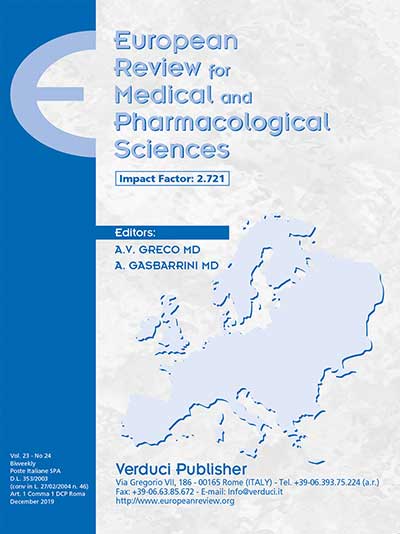Authors:
L Janiri 1, F D’Ambrosio, C Di Lorenzo
OBJECTIVE: Mood stabilizers like lithium (Li) and valproic acid (VPA) act via cellular depletion of inositol in the central nervous system (CNS). However, such depletion also involves peripheral tissues, thus exposing patients to various side effects. Preclinical and clinical studies revealed the effectiveness of inositol supplementation to recover such pathological conditions. Nevertheless, the risk of reducing the effectiveness of pharmacological therapies by raising inositol levels in the CNS, still represents a matter of concern. This study adds new insights on this aspect, highlighting the safety of a tailored dosage of inositol in patients taking Li or VPA.
PATIENTS AND METHODS: We enrolled 15 patients over 18 years of age taking Li and/or VPA. They assumed 2 gr of myo-inositol (myo-ins) and d-chiro-inositol (d-chiro-ins) in the combined 80:1 ratio, plus 50 mg of α-lactalbumin (α-LA), twice a day for a total period of 6 months (T1). Evaluating the interference of such dietary supplementation with pharmacological therapy was the primary outcome. Monitoring blood levels of thyroid (fT3, fT4, TSH) and metabolic markers (fasting insulin, glucose, HOMA-IR index, triglycerides, HDL, LDL) were secondary outcomes. The analysis was carried out by comparing values at baseline (T0) and T1 (6 months).
RESULTS: After 6 months, pharmacological therapy was still suitable for patients, requiring no changes nor adjustments. Instead, inositol treatment improved those borderline values about thyroid functionality and glucose and lipid metabolism.
CONCLUSIONS: This pilot study demonstrated that the dosage of 4 gr/daily of inositol is safe in patients taking Li/VPA, as we recorded no interference with the pharmacological therapy. Moreover, such treatment may counteract or even prevent side effects, thus improving patients’ quality of life.

